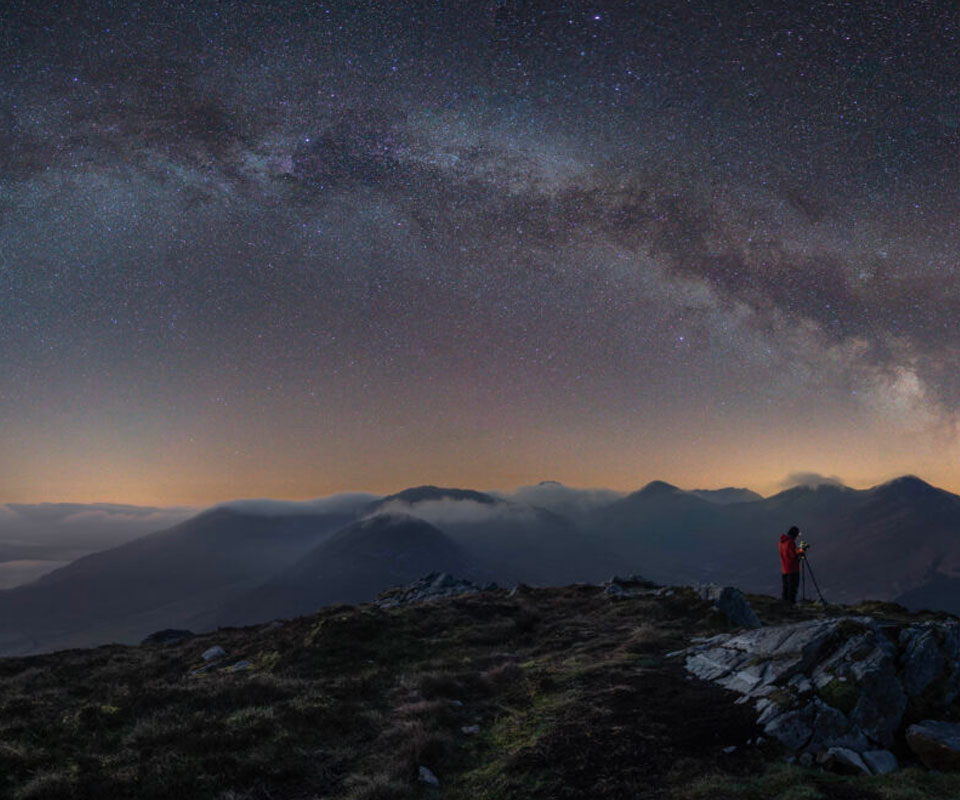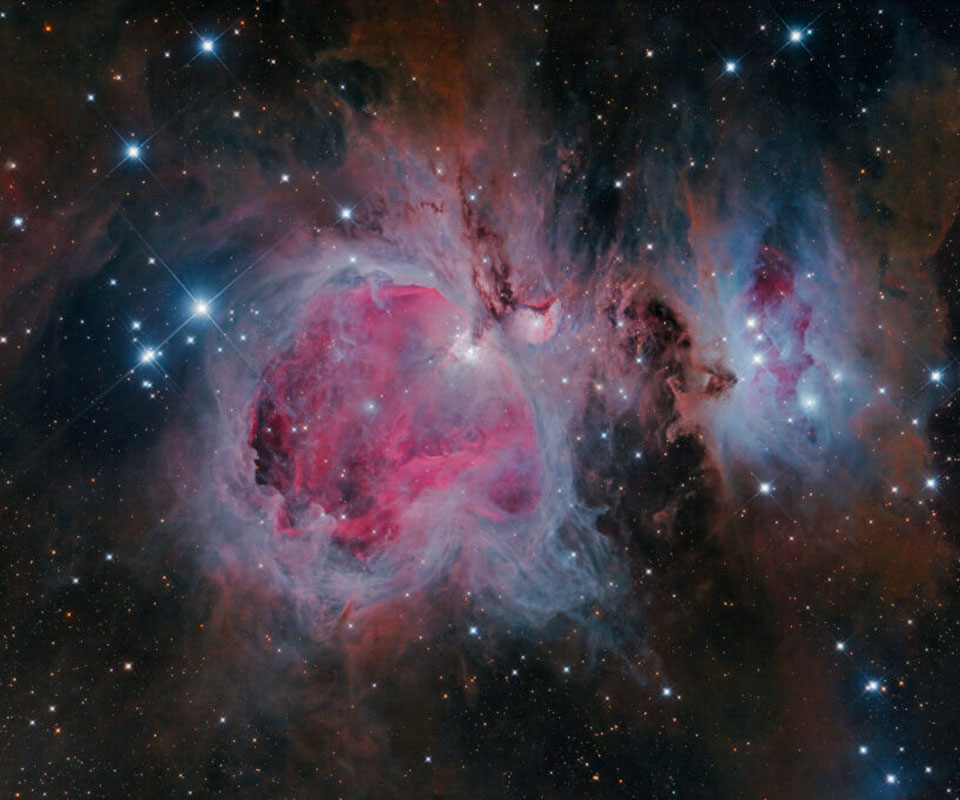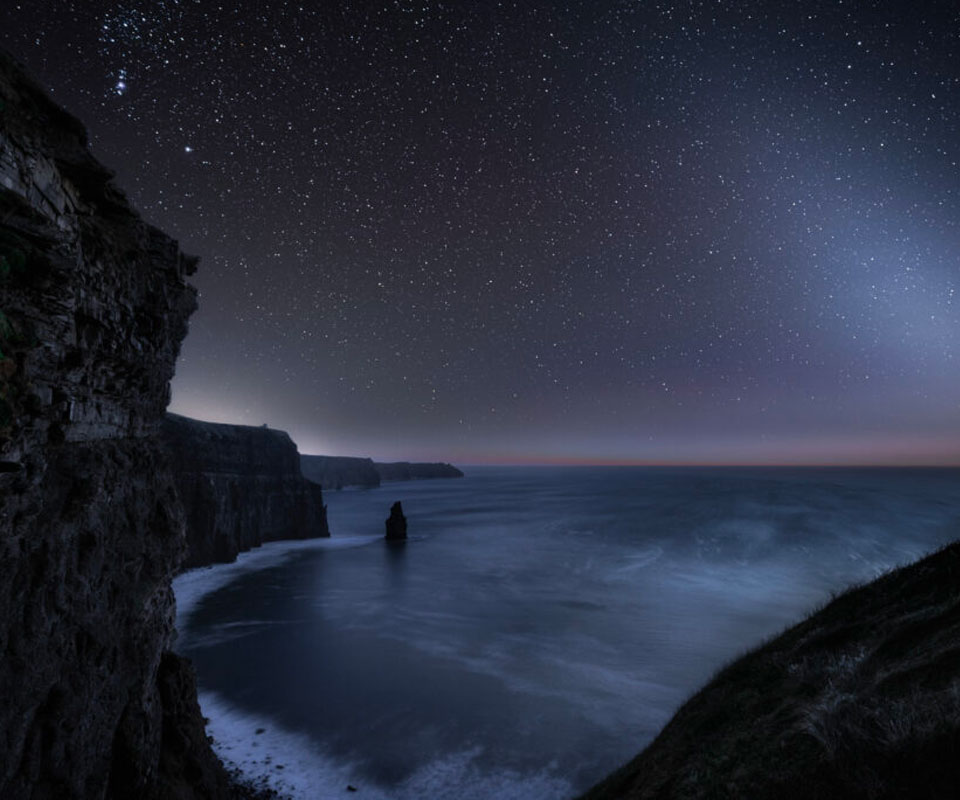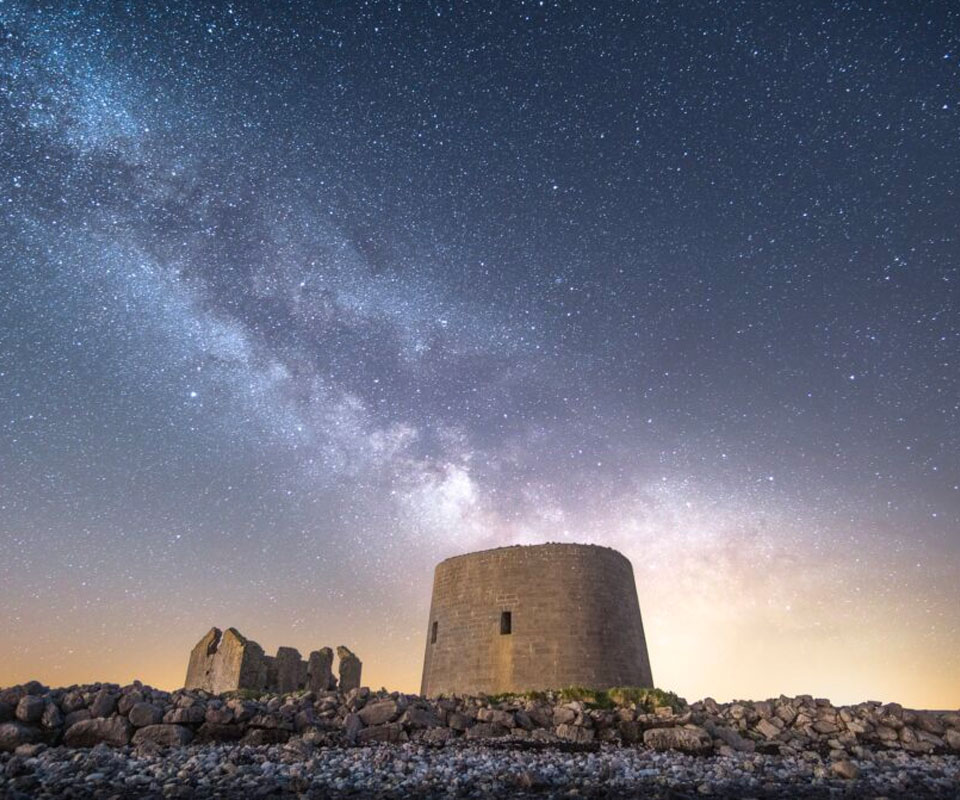Astronomy is one of the oldest natural sciences and comes from a Greek word which means the science that studies the laws of the stars and includes maths, physics, and chemistry. Early civilisations made very methodical observations of the day and night sky. These included the Chinese, Maya, Babylonians, Greeks, and many more including the Irish. The Winter Solstice sunrise event at Newgrange, where the sun shines into the long passage on the shortest days of the year and illuminates the central chamber, is the most heralded event in the Irish cultural calendar and is a famous example of ancient astronomy in action during modern times.
Astronomy is also one of the sciences where Irish amateurs play a key role, starting during the early 19thcentury, wealthy Irish enthusiasts made important contributions that combined their academic skills with first-hand engineering—often making their own telescopes and assessing the limits. Private observatories were founded throughout the country and Ireland was able to claim home to the of the world’s largest reflector telescope at Birr Castle and the largest refractor telescope at Markree Castle. In recent years, astronomical observation in Ireland has made a revival with the construction of the low-frequency radio telescope array known as I-LOFAR in 2017. The I-LOFAR array was built on the grounds of Birr Castle continuing the legacy of innovative science being done there.
Amateur astronomy is a popular pastime in Ireland with many enthusiasts often owning moderately priced telescopes. In 2003 there was a remarkably close approach of the Planet Mars that gained considerable enthusiasm for Astronomy around the country while then in 2009 we had the “International Year of Astronomy” that brought space and astronomy topics into focus in schools and colleges. There are over twenty astronomy clubs throughout the thirty-two counties while over the past few years smaller groupings have sprung up with the advent of social media.
Astronomy in Ireland is the only STEM-type subject that relies solely on the weather to really bear fruit for its events, daytime, or night-time. So, from the 20th to 26th of March 2023, the inaugural Irish Astronomy Week goes ahead with events taking place indoors and outdoors throughout the thirty-two counties. Also, during that week astronomers of all ages can enjoy a beautiful celestial waltz of the crescent Moon as it moves each evening past the bright planets Jupiter, Venus, and Mars. So, look up and appreciate all astronomy has given us and remember what the Greek philosopher Plato once said “Astronomy compels the soul to look upward, and leads us from this world to another“






